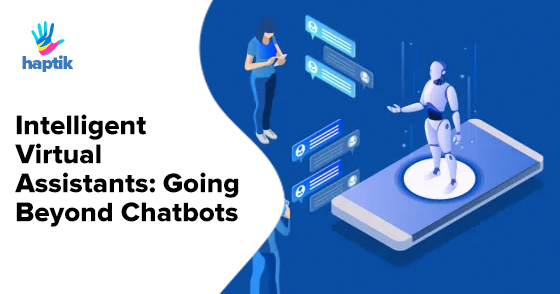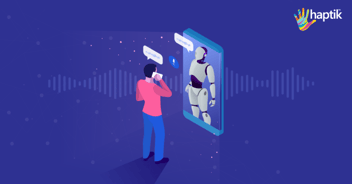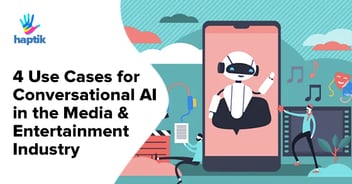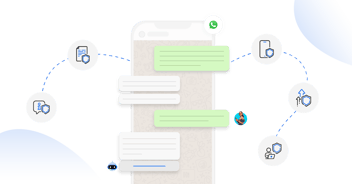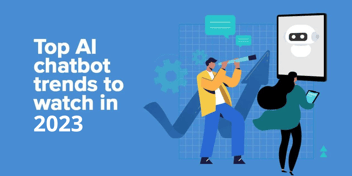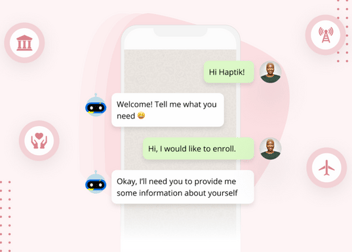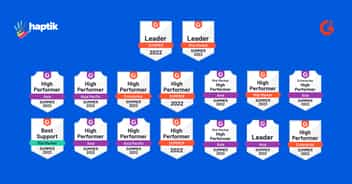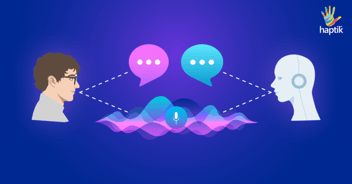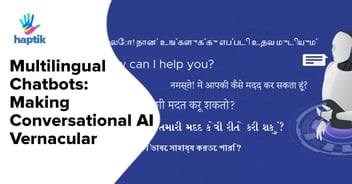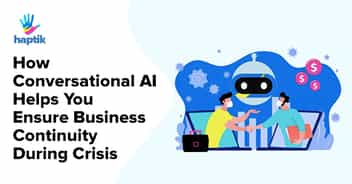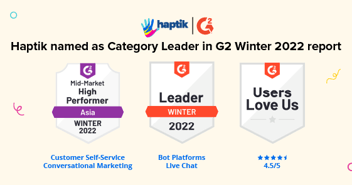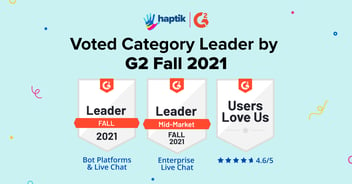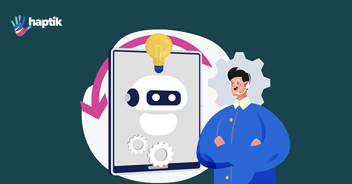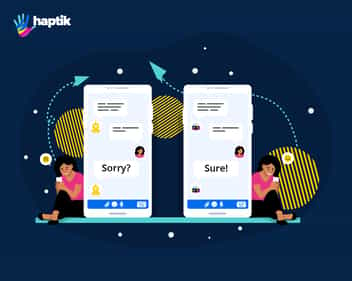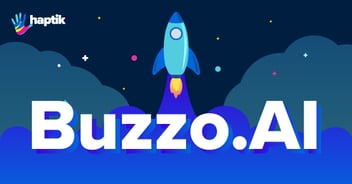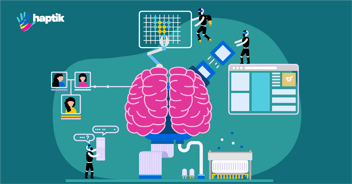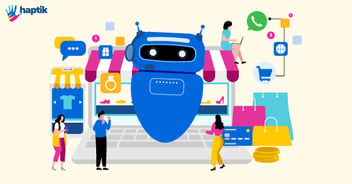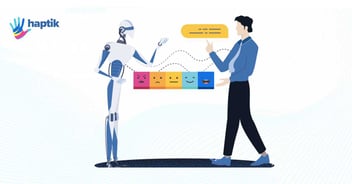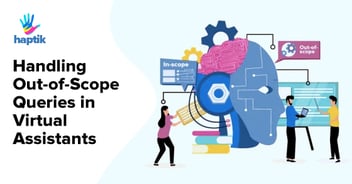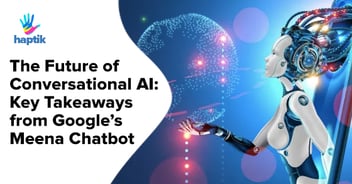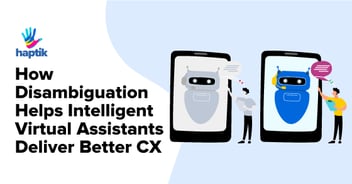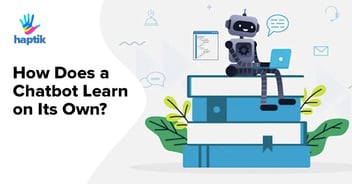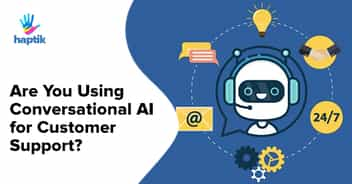This is PART ONE of a series of articles on Intelligent Virtual Assistants. You can read PART TWO and PART THREE.
So are they ‘chatbots’ or are they ‘intelligent virtual assistants’?
What’s in a name?
A lot, as it turns out, when it comes to understanding the evolution of Conversational AI.
The terms ‘chatbot’ and ‘virtual assistant’ have often been used interchangeably by customers and businesses alike, to refer to conversational interfaces that respond to a user’s inputs.
To a certain extent, this is not wrong. After all, language and terminology is always a work in progress, especially for a relatively new and rapidly evolving technology such as Conversational AI.
But the debate over ‘chatbots’ and ‘virtual assistants’ is not merely one of terminology.What’s at stake is a proper understanding of the capabilities of different Conversational AI solutions, as well as customer perceptions of and expectations from these solutions. The need for this understanding is particularly crucial for brands that seek to implement these solutions in order to automate key functions such as Customer Care and Sales.
To fully understand the distinction between a chatbot and an Intelligent Virtual Assistant (IVA), let us first take a deep-dive into the evolution of Conversational AI technology.
The Evolution of Conversational AI
At a surface level, the core concept behind chatbots and Intelligent Virtual Assistants is essentially the same. They are both conversational interfaces that facilitate interactions between customers and businesses.
The difference lies in scope, complexity and capability – all of which are greater in IVAs as compared to chatbots.
To put it simply, IVAs are the culmination of the decades-long evolution of chatbots.
The graphic below will give you a snapshot of this journey from chatbots to Intelligent Virtual Assistants.
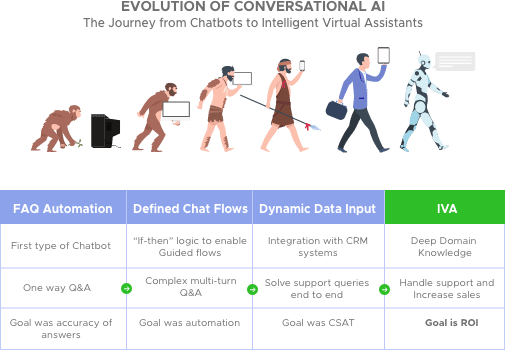
The first-ever chatbots were developed in the late 1960’s and early 1970’s. They were programmed with scripted responses that were provided to the user based on the latter’s inputs (in the form of specific keywords and phrases).
Even as the conversational flows became more defined and complex over time, these chatbots had limited scope – there was no learning process involved and the only responses they could provide were those they had been programmed with. There was also no memory or retention of context – the bots had no ability to retain relevant information about the user between sessions, or even during the course of a conversation. These bots were typically used to automate very basic tasks, such as responding to FAQ’s.
The turning point in the evolution of the technology was the advent of Natural Language Understanding (NLU) and Machine Learning (ML).
NLU enables a bot to understand and interpret user inputs in natural language, allowing a customer to converse with the bot naturally, as they would with a human agent.
ML, on the other hand, is the cutting-edge technology that allows bots to train themselves on the basis of data (for instance, transcripts/recordings of previous customer service interactions, or live interactions between a human agent and a customer) and ‘learn’ how to interact with customers and cater to their needs in a more seamless and efficient manner.
Advancements in NLU and ML have enabled chatbots to gradually evolve over time into Intelligent Virtual Assistants, with the deep domain knowledge to fully understand a customer’s intent and preferences, comprehensively fulfill their needs, and improve their performance over time by learning from every interaction.
The advanced capabilities of an IVA mean that automation and enhanced customer satisfaction are assured outcomes. A brand that implements an IVA solution can thus ensure that their primary focus is where it should be – on ROI.
So now that you’ve got a good idea of how Conversational AI evolved over time, let us revisit and unpack the terms ‘chatbot’ and ‘Intelligent Virtual Assistant’…
What is a Chatbot?

A chatbot is an automated or pre-programmed conversational interface that can be used to execute basic tasks – such as responding to routine customer queries, dispensing information, collecting customer details etc.
Simple chatbots are programmed to deliver scripted responses to pre-determined user inputs. Automated chatbots are typically coded with basic instructions for what the bot should do.
Chatbots can simulate a conversational experience to a certain extent but are ultimately constrained by having to work off a limited script. They lack the technological sophistication, access to knowledge, and perhaps most crucially, the ability to learn and adapt to context – all of which are vital to simulate a more natural and free-flowing conversation.
What is an Intelligent Virtual Assistant?

Intelligent Virtual Assistants are the latest iteration of Conversational AI technology. They are the result of advancements in ML and NLU that have significantly enhanced the capabilities of chatbots – making them far more intelligent, adaptable, and capable of serving customers in a more comprehensive manner rather than rigidly focused on a limited number of tasks.
An Intelligent Virtual Assistant is far more evolved in complexity and scope than a chatbot. Rather than simply performing routine tasks based on specific inputs, an IVA truly serves as an ‘assistant’ for a customer – emulating human interaction while carrying out a wide variety of tasks to help customers.
An IVA can understand precisely what the customer wants based on their free-flowing speech or text inputs (as opposed to the limited inputs that a chatbot can understand), adapt to the context that it derives, and solve the problem end-to-end.
Indeed, one of the key factors that make IVAs stand out from chatbots is their customer-centricity. Chatbots are process-driven – they are constrained to follow the ‘company script’, so to speak, and thus dispense information or carry out tasks purely from a business perspective.
IVAs, on the other hand, have the advanced capabilities to put the needs of the customer at the center.
|
Do you know how much it costs to build an IVA solution? Read our whitepaper to find out! |
Chatbot vs. IVA – At a Glance
The table below should put the contrast between chatbots and Intelligent Virtual Assistants in stark relief:
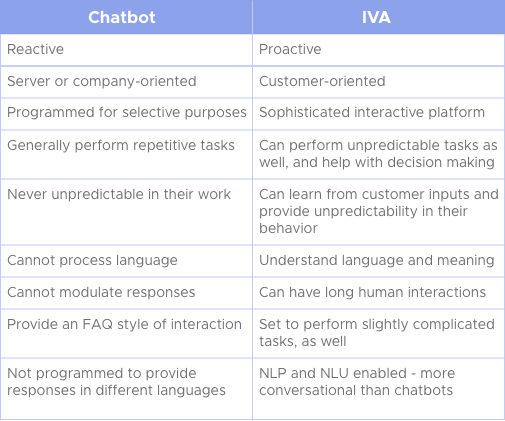
The vastly superior scope and quality of customer service and engagement that an IVA can provide, as compared to a chatbot, is perfectly illustrated by the example below.
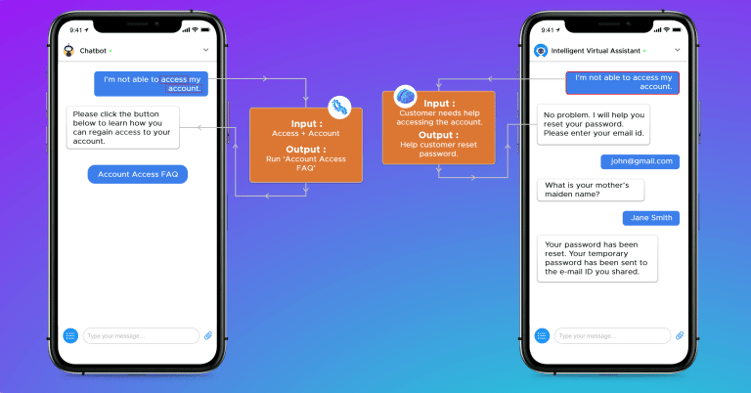
Consider a simple customer query – “I am unable to access my account”.
A chatbot might, at most, pick up the keywords “access” and “account” and share information that might help the customer access their account.
An IVA, owing to its ML capabilities, will be aware on the basis of past data that when a customer says “I am unable to access my account” it usually means that they need their password to be reset. The IVA would then immediately offer the customer the option of resetting their password using a security question or e-mail ID/phone number. An advanced enough IVA might even be able to complete the password reset itself, and then simply inform the customer of the task completion!
To sum up…
As we said right at the start, a lot of people use the terms ‘chatbots’ and ‘Intelligent Virtual Assistants’ interchangeably. If you are one of them, then we certainly hope that this article has broadened your understanding about the evolution of Conversational AI technology, as well as the distinct capabilities of IVAs that make them stand out in a sea of chatbots.
We’ve barely scratched the surface when it comes to how IVAs help brands have smarter and more customer-focused conversations. The technology is rapidly evolving by the minute, but in the here-and-now, IVAs already have the power to fundamentally transform the way your brand interacts with customers, be it to inform, to assist, to convince or to sell.
The next generation of Conversational AI is at your doorstep – it’s time to embrace IVAs and join the future!

